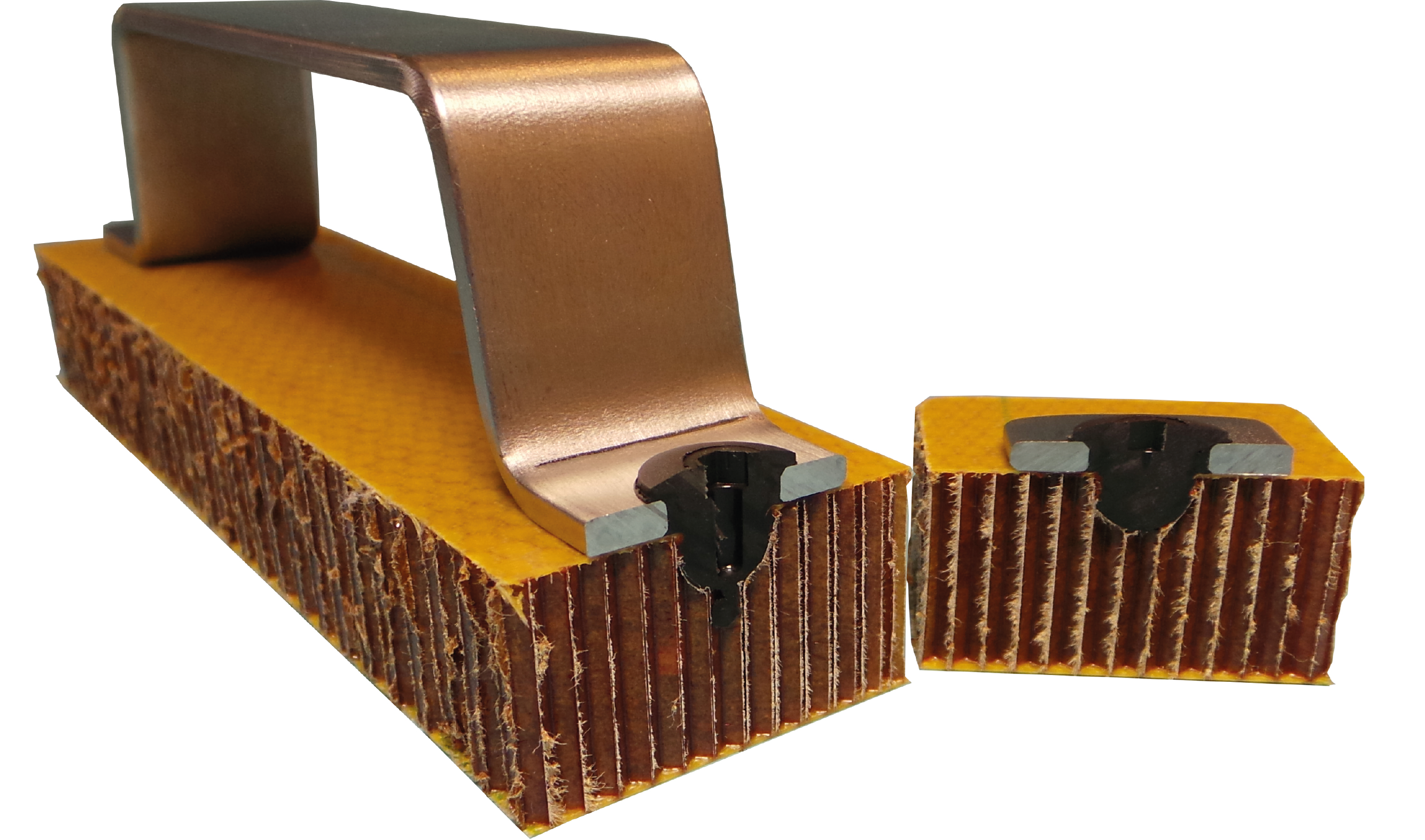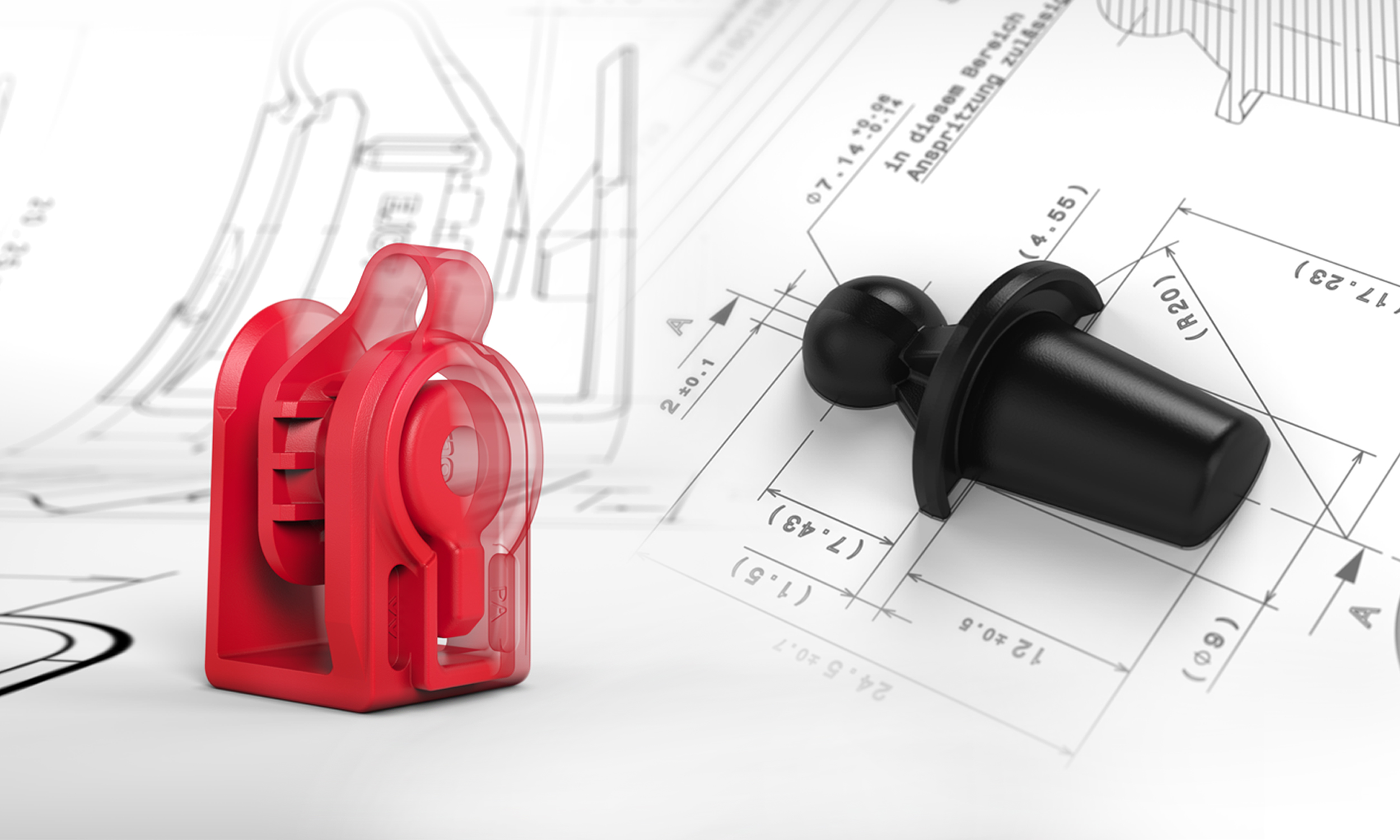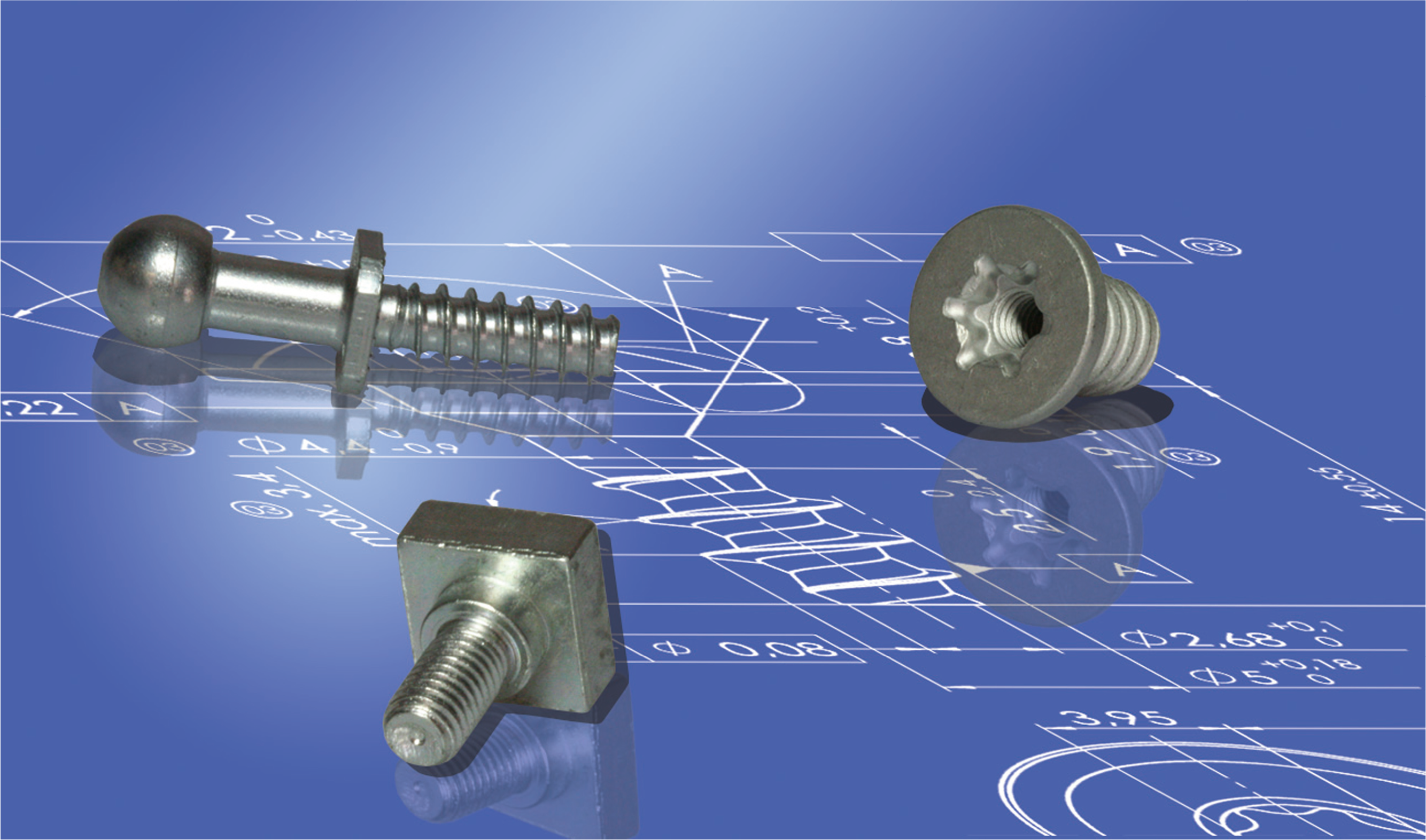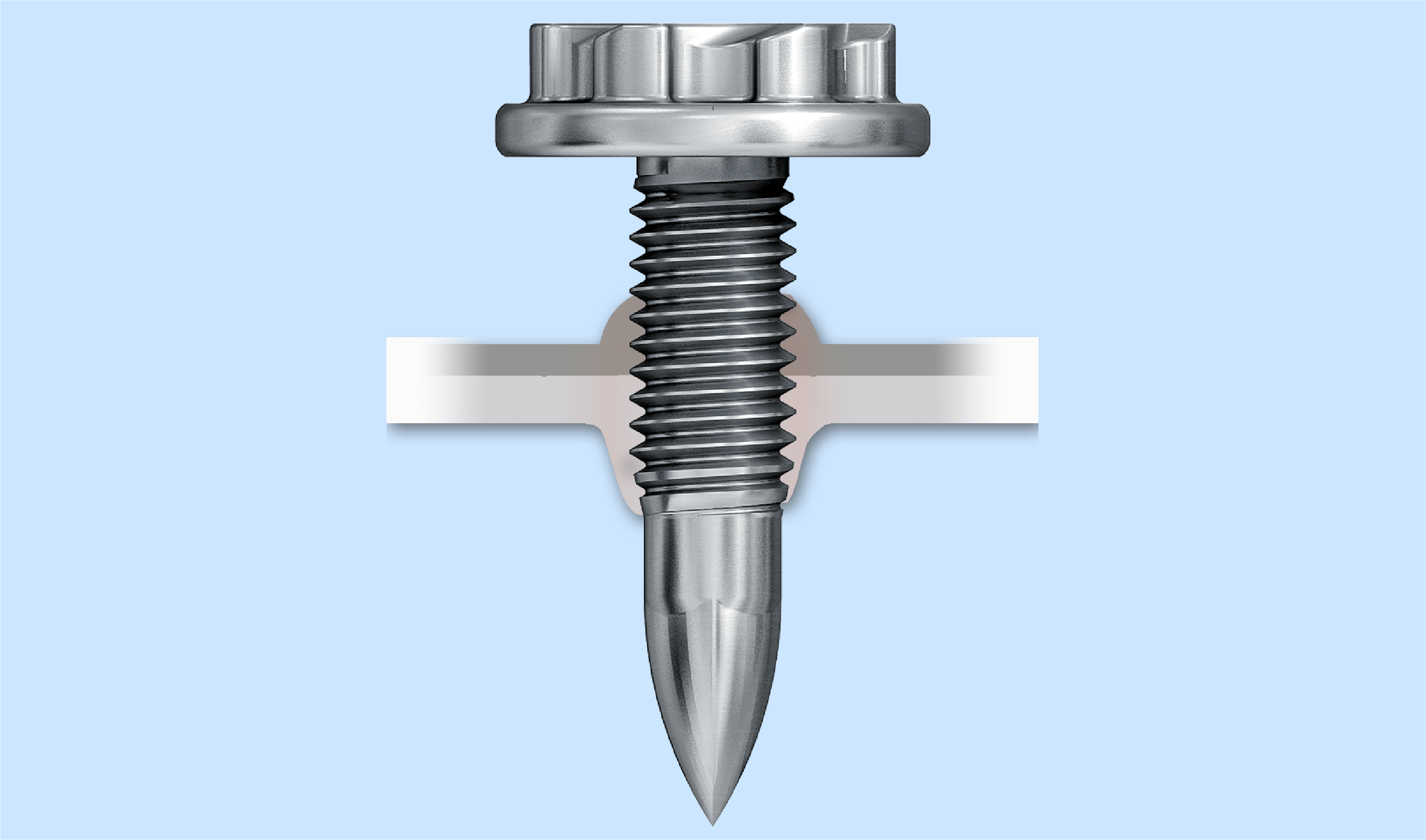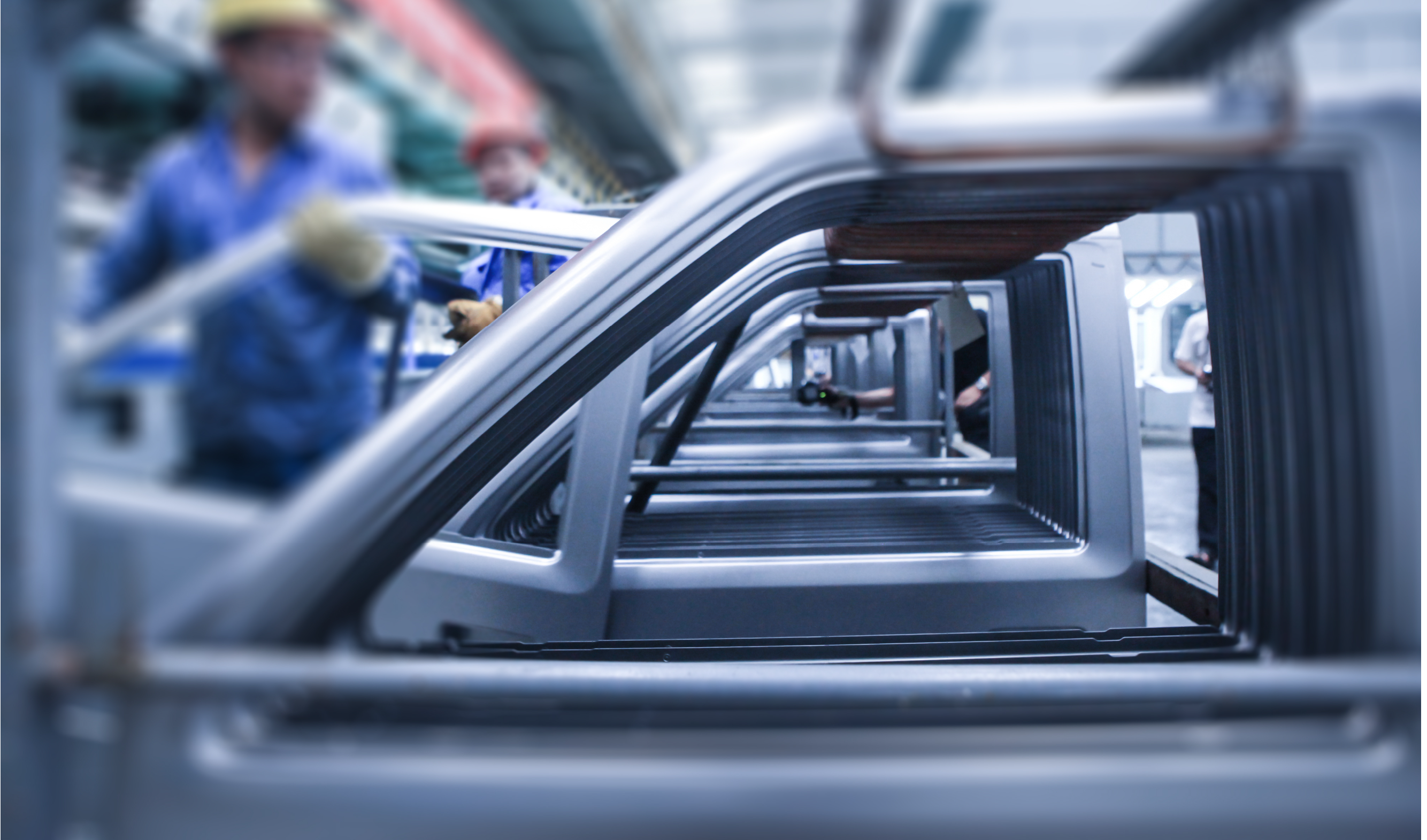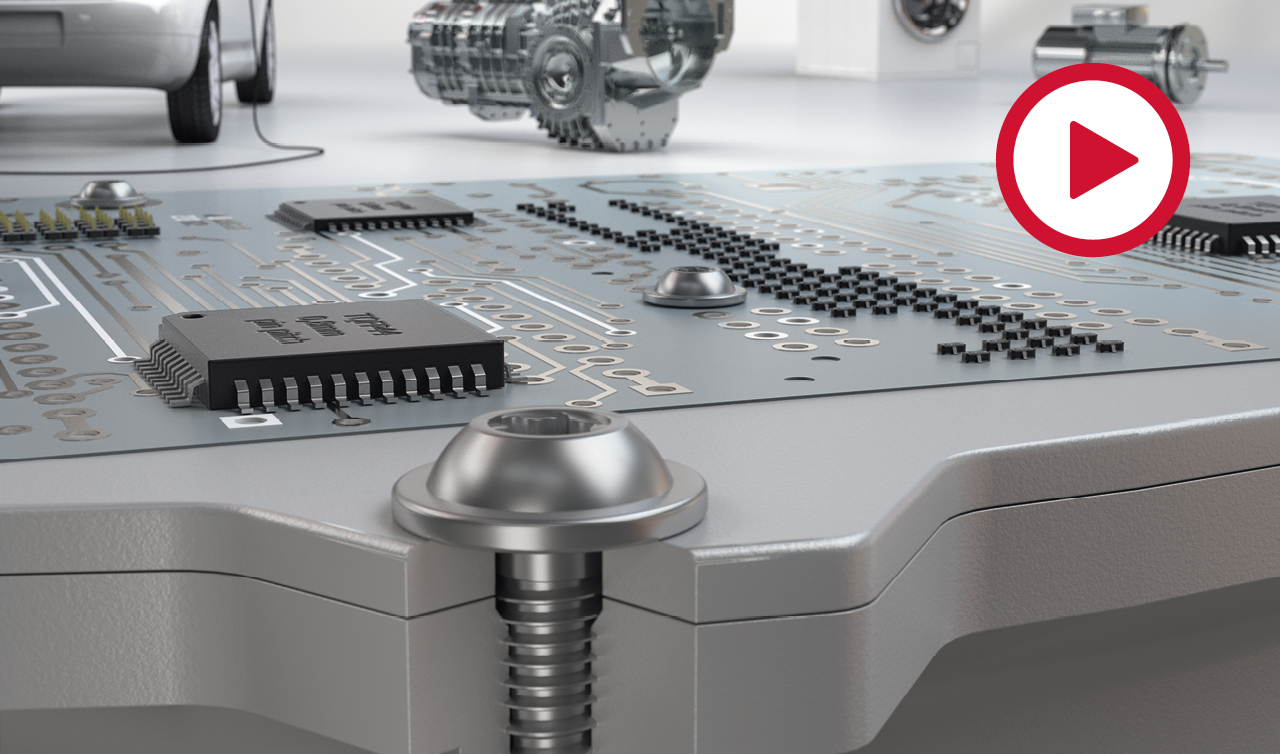How EJOT fastening solutions enable lighter, stronger, more advanced doors in EVs
With vehicle door design having to satisfy numerous functional, structural and aesthetic demands, it is no surprise that this area of automotive manufacturing is a major focus for Electric Vehicle (EV) designers as they seek new ways to combine lightweight materials and securely integrate components. David Piddock, Application Engineer at EJOT explains why its range of fastener solutions is helping vehicle door designers raise the bar in this area of EV manufacturing.
Vehicle doors have developed significantly over recent decades as manufacturers seek to upgrade the driver experience and comfort while supporting goals such as improving safety and security. As a result, drivers’ expectations are far higher today for what was once a relatively basic access point to get into and out of the vehicle, with essential mechanical elements for the opening window and locks.
Today’s doors are now hi-tech modules incorporating technology and electronics features that enable functionality such as enhanced safety, infotainment, lighting and air-conditioning. And whilst this complex multi-functionality may have been emerging in ICE (internal combustion engine) vehicles for many years, it is central to the design of feature-packed Electric Vehicles (EVs).
Vehicle door construction methods have, of course, evolved significantly in recent decades, reflecting the dual objective to increase safety and decrease overall vehicle weight. The ‘build lighter, build stronger’ goal that underpins today’s automotive manufacturing applies to all elements of an EV, given the need to maximise range while setting high standards for crash performance, particularly impact absorption, and noise, vibration and harshness (NVH) performance.
It is a complex set of requirements that makes fastener availability and selection extremely important in relation to EV doors. Structural and aesthetic goals have to be considered in tandem with how the door design will conceal intricate electrical and mechanical components for operating the locks, windows, and other features. All this whilst constantly looking for optimisation in the manufacturing process through fewer parts and reducing process time.
Meeting the complex joining demands
An important enabler for the use of many different materials in a single vehicle door has been fastener innovation due to the multiple joints and attachments that every unit features. These start at the BIW (body in white) stage of manufacture where a fastening method is needed to join components including the upper frame, inner panel, outer skin and side intrusion beams, plus inner and outer waist reinforcements and latch and hinge reinforcements.
The assembly method for these BIW elements has to be done in the most efficient way without compromising ease of assembly of later components, including locks, mirrors, electronics and glazing, along with the door trim’s mouldings, finishers and speakers.
EJOT has worked with numerous vehicle manufacturers over four decades to meet all kinds of joining challenges, particularly in relation to lightweight materials such as foams and thin sheet metals. This is why today our innovative products and systems are key to the kind of multi-material door constructions which are commonplace in EV manufacturing.
Working with EJOT gives vehicle designers the flexibility to achieve door designs using a combination of bespoke, non-standard fixings and high quality fasteners from our standard range.
EJOT fastening solutions in action
Our EJOFORM products are particularly versatile, ensuring EV designers can meet numerous possible applications, whether that is improving an existing process or developing a new design.
It provides the ability to develop cold-formed fasteners in steel, aluminium or partly copper, capable of performing multiple functions in one application. For example, EJOFORM can provide a bracket, stop bolt, spacer, adjustment element holder, breakbolt or distance sleeve, which are all totally bespoke to the application, yet they share the common goals to maximise joint strength, save cost through parts reduction and optimise application.
Another EJOT solution which is ideal for vehicle door assembly is the EJOT FDS or flow drill screw. This allows for one-sided accessibility in a removable and high quality screw joint, without part preparations such as pre-drilling or punching, and it can be used to join various sheet surfaces with the benefit of high loosening torque and vibration resistance.
In line with overall weight reduction objectives, EJOT can assist by enabling the greater use of lightweight foams vehicle door construction through our EJOT EPPsys range. The four EPPsys products in the range provide secure fixing points that can open up new potential for the use of EPP (expanded polystyrene) in vehicle doors. These include solutions which take the form of threaded plastic fasteners, a friction welded boss and a boss that is securely fixed using a thermal adhesive process.
Another EJOT solution based on a similar concept is the EJOT TSSD. This is a thermal adhesive bonding boss which is designed to provide a secure boss for the EJOT Delta PT screw, or other direct fastening elements, as well as EJOFORM bespoke cold formed fastening elements.
With the EJOT team’s extensive experience and knowledge of fastening systems for automotive applications, we can provide valuable technical guidance at the earliest stage to help you achieve a specification that meets all the design objectives for door assemblies. Our insights have the potential to save time and costs during the development process as many leading automotive manufacturers around the world have discovered.
What to know more? Read about the fasteners featured in this article:
- EJOFORM - Flexibility with multi-stage forming technology
- FDS® - For high-strength sheet metal
- EPPsys Range - Fastening into honeycomb & foam structures
- Delta PT – The high load capacity screw for direct fastening into plastics


